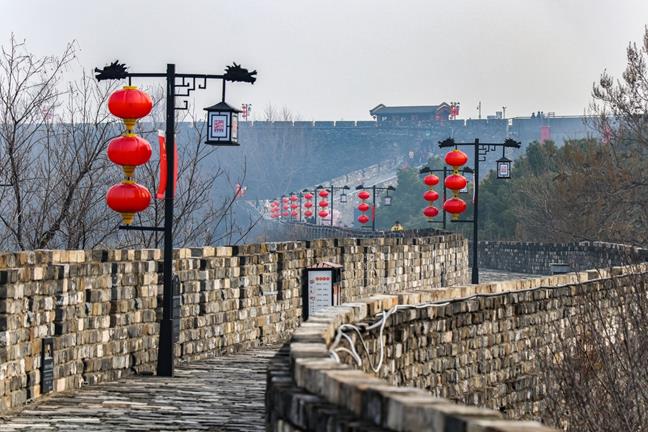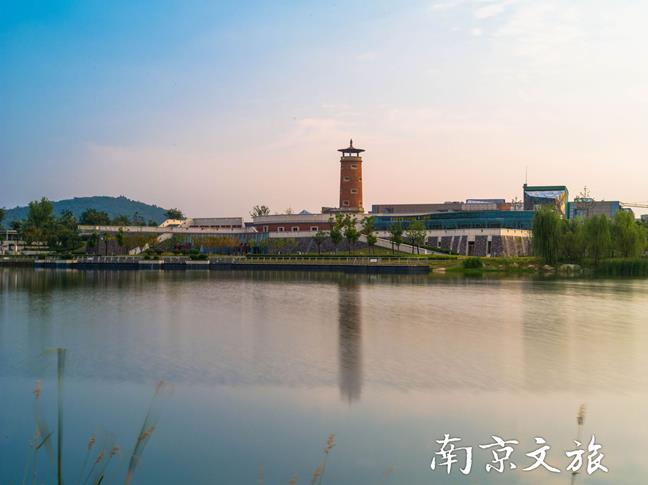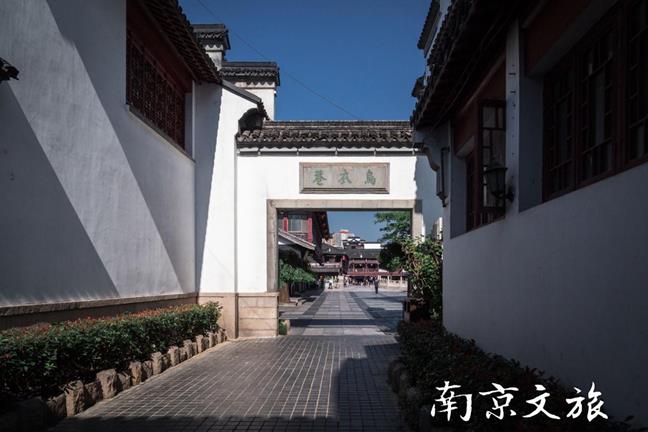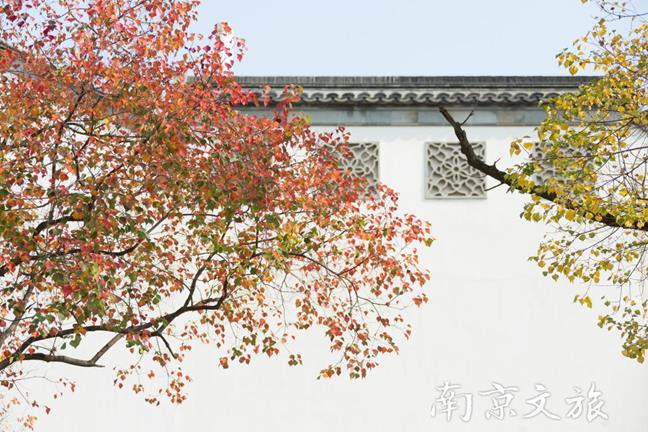Autumn Joy
Nanjing's autumn features the autumn wind blowing away the summer heat and impatience, only the coolness for the outdoors is left. Now that we have seen the overwhelming color of Nanjing's autumn, let's explore some joys in this ancient city with a growing sense of autumn.
(Photo: Nanjing City Wall of the Ming Dynasty; Source: pixabay)
Recommendation 1: Nanjing City Wall of the Ming Dynasty
Nanjing City Wall of the Ming Dynasty was built according to the geographical terrain and was a three-dimensional military fortress for defense purposes in ancient times. The City Wall is made up of four parts. From the outside first there is Outer City, Inner City, Imperial City and Palace City. At present, the completely preserved Nanjing City Wall of the Ming Dynasty is 25.1 km long, which is the largest city wall in China and the longest, largest and best preserved ancient city wall in the world.
With the city wall as a viewing platform, tourists can enjoy Xuanwu Lake and Zhongshan Mountain from a distance, and get ginkgo and Jiming Temple nearby for photos. There are inscriptions on the walls' bricks, recording information such as the sources of bricks. Walking on the Nanjing City Wall of the Ming Dynasty in late autumn, you are stepping on a cultural relic with a history of more than 600 years. When you learn about its story in the cold wind, you may involuntarily immerse yourself in the historical atmosphere of the city. Standing on the ancient city wall, which has been built for 600 years, and looking far into the space full of high-rise buildings, you are experiencing a collision between history and reality.
(Photo: Nanjing City Wall of the Ming Dynasty in autumn; Source: pixabay)
Attraction: Nanjing City Wall of the Ming Dynasty
Address: No. 8, Jiefang Men, Huanhu Road, Xuanwu District, Nanjing City, Jiangsu Province
Opening hours: 08:00-12:00 (South Line), 08:00-12:00 (Xuanwu Lake Section/East City Section), 24h (Stone City Section) (Monday-Sunday, January 1-December 31)
How to get there: Outer Ring Bus No. 669, get off at Dongmen Dajie Stop and walk 400 meters
Recommendation 2: Tangshan Hot Spring
Nanjing Tangshan Hot Spring is located in Tangshan Street, Jiangning District, Nanjing city. It is one of the four best hot springs in China, and the only hot spring in China with water quality certified by both Europe . It has the reputation of "millennium sacred hot spring, health paradise". With beautiful scenery, clustered springs, and the hot spring water never-ending, it is evidenced to be a good place for SPA, vacation and leisure. Soaking in a pool of outdoor hot spring in late autumn to enjoy the beautiful scenery in autumn, you may relax your tired body and mind. Even if not, isn't it very pleasant to keep out the cold autumn with a pool of spring water?
Tangshan hot spring is rich in mouths of springs, so there are a number of hot spring hotels and it is suggested that tourists choose their destination on their own.
(Photo: Tangshan Hot Spring Cultural Center; Source: Nanjing Municipal Administration of Culture and Tourism)
Recommendation 3: Wuyi Lane
Wuyi Lane refers to the mansions owned by the Wang and Xie families in the Jin Dynasty. The name Wuyi means black clothes. This was because members of both families were dressed in black and took this as a symbol of nobility. "The once aristocratic quarter by Rosefinch Bridge is now deserted, overgrown with wild flowers and weeds. The setting sun reveals the ruins of Wuyi Lane. The swallows that once nested under the eaves of notabilities like Wang Dao and Xie An have now left to fly into the homes of ordinary people." The poem Wuyi Lane was written by Liu Yuxi, a poet in Tang Dynasty. As the poem goes, depicts the prosperity in Jinling City was gone and even the once famous Wang and Xie families were in decline.
Wuyi Lane is more than 50 meters long, and all buildings in this area are Hui-style designed with white facades and black roofs. The Memorial Hall of Wang Dao and Xie An is located here and welcomes visitors who are interested in Chinese calligraphy and ancient literati gatherings. In late autumn, this place is not as busy as the Confucius Temple outside, and the solitude here reminds people of the gradual decline of the Wang and Xie families.
(Photo: Wuyi Lane; Source: Nanjing Municipal Administration of Culture and Tourism)
Attraction: Wuyi Lane
Address: Wuyi Lane, Qinhuai District, Nanjing City
Opening hours: 24h
How to get there: Metro Line 1 Sanshanjie Station
Recommendation 4: Laomendong Pedestrian Street
Laomendong Pedestrian Street is the origin of Nanjing, located west of Zhonghua Gate in Qinhuai District, is a must-visit to explore the history of Nanjing. Ancient buildings, old but unique doors, brick houses, and stone roads, all of which create a retro atmosphere. Walking on the flagstone road, you inadvertently may be aware of the surprise only in Nanjing's autumn. It is a mix of mottled bricks and yellow leaves, like a mosaic with both bright colors and old marks made by time.
Autumn is a season of nostalgia. Pacing at the Laomendong Pedestrian Street surrounded by ancient buildings and autumn sights, you may be simultaneously happy and solemn. I guess that's because you saw the traces of time in Nanjing.
(Photo: Laomendong Pedestrian Street in autumn; Source: Nanjing Municipal Administration of Culture and Tourism)
Attraction: Laomendong Pedestrian Street
Address: No. 63-2, Jianzi Lane, Fuzimiao Street, Qinhuai District, Nanjing City
Opening hours: 24 hours
How to get there: Bus No. 14, 46, 88, Gutong Lane Stop; Bus No. 23, 33, 43, 63, 81, 301, Pipa Lane Stop; Bus No. 701, 706, Junshi Lane Stop






